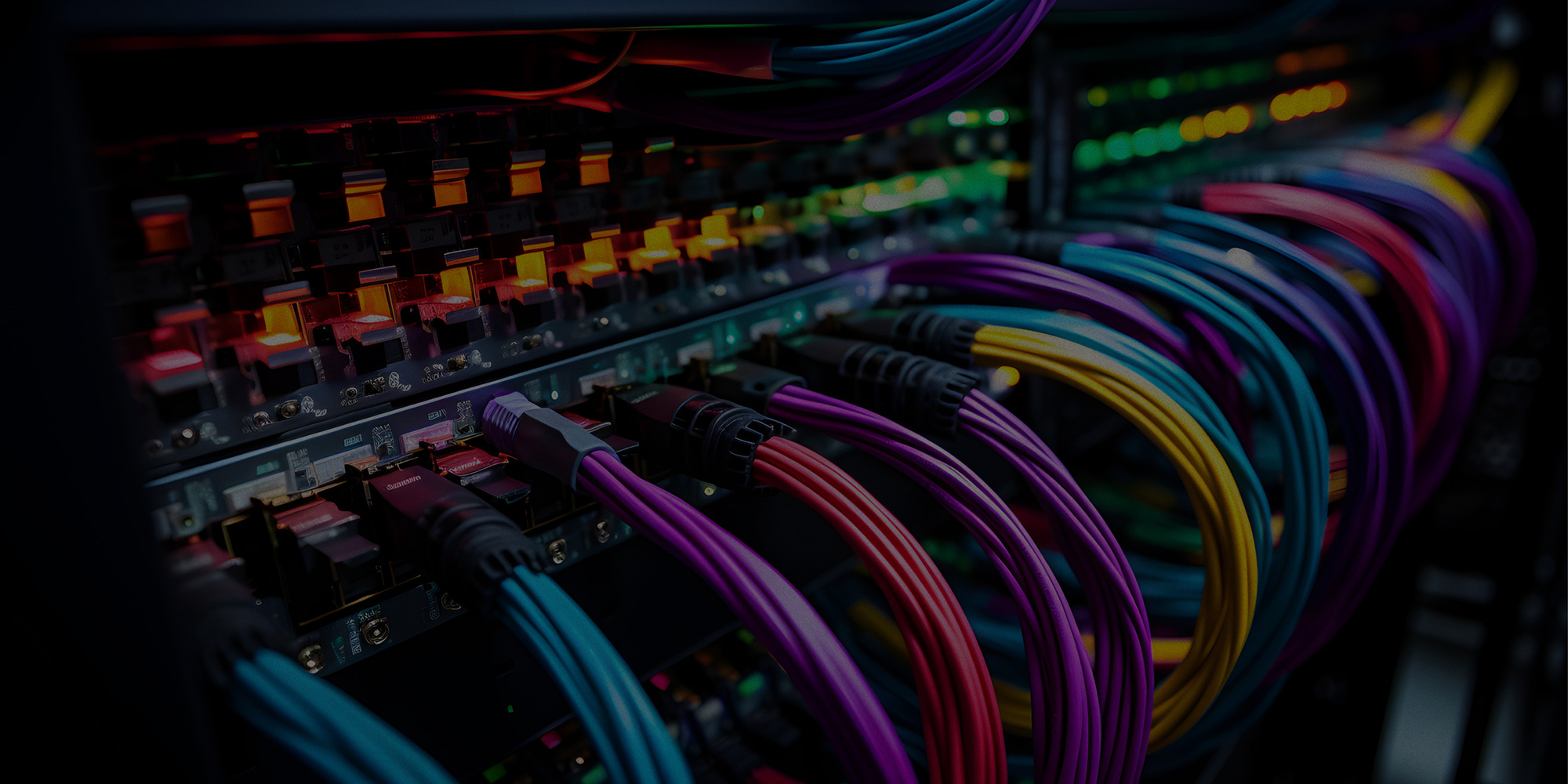Debunking 3 Myths about OEM vs. Third-Party IT Support

Due to the many myths surrounding Original Equipment Manufacturer (OEM) and Third-Party Maintenance (TPM) support, deciding between the two is a question many organizations struggle with when renewing their IT maintenance contracts. The decision to work with OEM or TPM providers should be an informed one.
Original Equipment Manufacturer (OEM) Support is provided by the manufacturer of the equipment. OEMs often offer both equipment and support services for their users. It's designed to maintain the uptime of equipment for a specified period of time. With such detailed services and a deep understanding of the equipment, OEMs offer a viable support option for many businesses and organizations.
Third-Party Maintenance (TPM) Support is provided by non-manufacturers. Often, these firms are sellers of used equipment that can no longer receive OEM support. TPM offerings are a mix of OEM support, TPM and sparing strategies where each is appropriate. A well-designed strategy allows you to choose which options provide the best coverage for your technology infrastructure.
Understanding the facts about the two options will allow you to leave many devices under OEM support while moving other devices to TPM contract. Outlined below are three myths that warrant an explanation.
MYTH #1: SWITCHING TO A TPM PROVIDER IS RISKY AND THE SAVINGS WON’T BE WORTH THE RISK
Although many businesses believe that switching to a TPM provider is risky and the savings won’t be worth the risk, this isn't true. In fact, transferring from OEM to TPM support can save businesses, on average, between 40% to 60% annually. OEM storage maintenance can be prohibitively expensive and can make it seem like buying new equipment is the best option.
OEMs are motivated to continuously sell you brand new storage equipment, not to encourage you to hold onto older, still-working gear. After your three-year contract runs its course, OEM post-warranty storage costs begin to spike. At this point, buying new may seem like the only reasonable financial decision. By switching to a third-party maintenance provider, you can avoid the high cost of post-warranty OEM maintenance without compromising service or reliability.
MYTH #2: THIRD-PARTY MAINTENANCE IS LESS EXPENSIVE, SO OEM HARDWARE SUPPORT MUST BE HIGHER QUALITY
When it comes to the difference in price points, businesses believe that because TPM support is less expensive, OEM hardware support must be higher quality. However, this assumption is incorrect. This is because we assign a higher value to something that's more expensive despite the possibility of the cheaper option having a higher intrinsic worth. Due to the fact that many OEMs have high brand recognition, businesses immediately associate value and trust with the brands they recognize.
In reality, third-party maintenance doesn’t just meet the same standards as OEM support, it often exceeds it. High OEM costs can lead you back to the purchasing table sooner than necessary. Rather than offering a new maintenance contract, OEMs push a new hardware sale, even when the new hardware isn't necessary. On the other hand, TPM providers’ goal is to meet your needs with the best custom solution. Lower maintenance costs will keep your equipment functioning, even post-warranty.
MYTH #3: ONLY OEMS HAVE THE SKILLS TO SUPPORT YOUR DEVICES
The final myth that requires debunking is as follows: only OEMs have the skills to support your devices. However, just because an engineer works for the manufacturer doesn't mean that they have super-secret special knowledge. Although OEM engineers’ focus is on a single platform, this doesn't mean that their service is better. In fact, the multi-platform training that TPM engineers receive allows them to walk into any IT environment and analyze multi-vendor technical challenges. Furthermore, some OEMs outsource their field service delivery to a third-party organization.
OEMs are in the business of designing, developing, and selling hardware — not maintenance. A global field of technicians is a financially difficult model to sustain, so they outsource. In many cases, third-party providers use the very same field engineers as you would get with OEM support. Some TPM engineers may have even worked for manufacturers in the past. TPM providers have experience with multiple manufacturers and devices, meaning they can provide solutions across brands.
When deciding between OEM versus TPM providers, it is important to understand the myths and disillusions surrounding your decision. Doing so can help you save significantly and extend the life of your devices. In the end, the choice is up to you.
Related news
3 Signs Your Business is Ready for Enterprise IT Support
When we talk to small to medium-sized business owners, they’re often surprised when we tell them...
Why Desktop Support is Becoming More Important
Every year, breakthroughs in technology change the modern workplace. New technology has the power...
6 Benefits to Third-Party IT Service
Think back to the last time you bought a new TV. You were likely given the opportunity to purchase...






